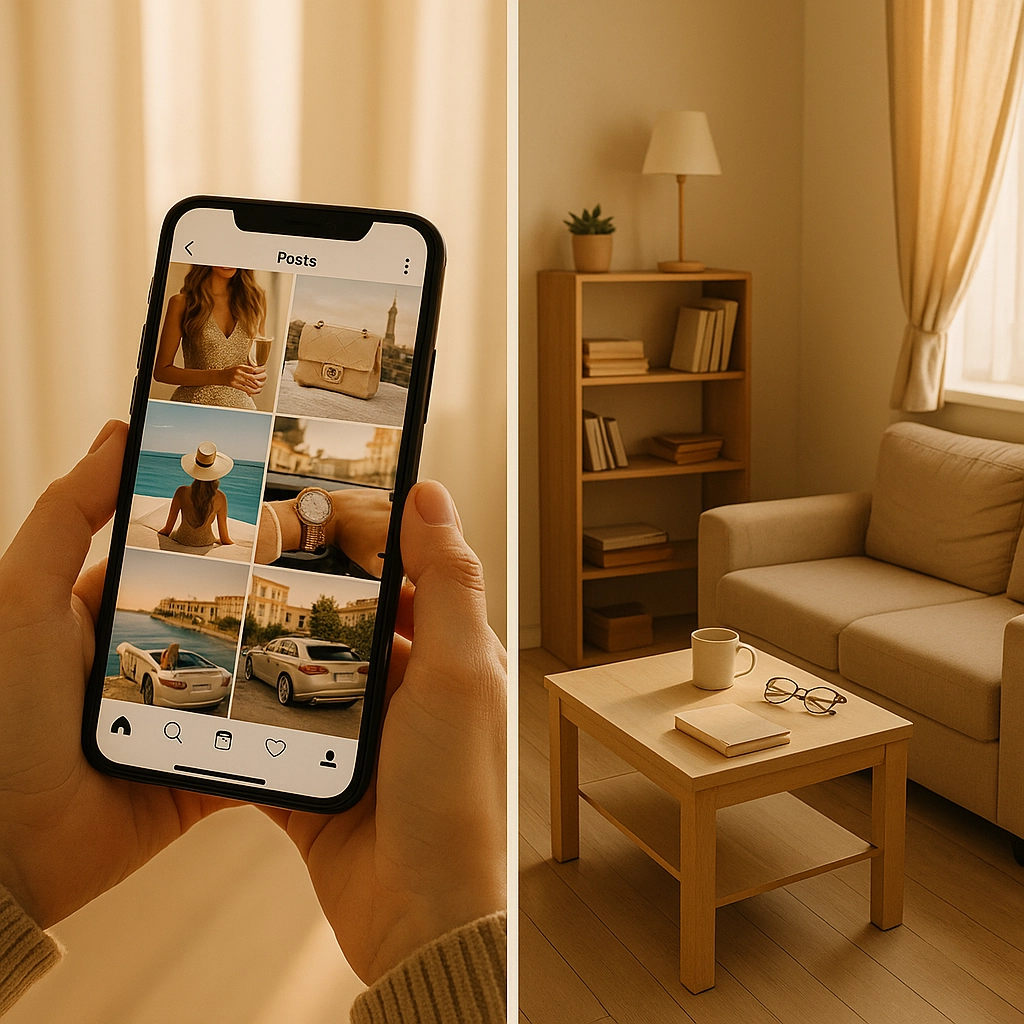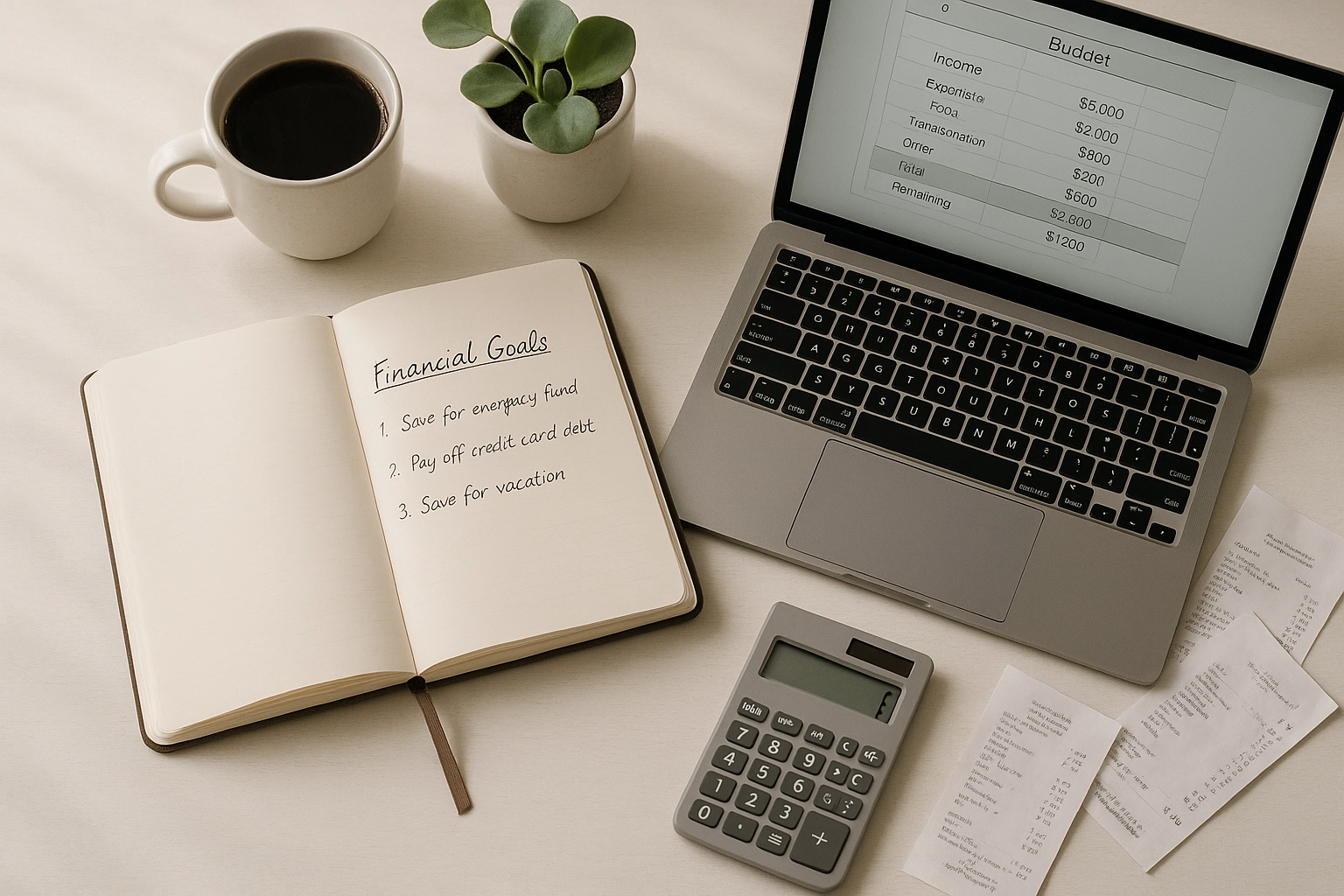Are You Making These 4 Common Spending Mistakes? (Psychology of Money Revealed)
- Travis Moore
- Sep 12
- 6 min read
Updated: Sep 14
Comfort spending represents one of the most destructive patterns in personal finance. Unlike necessary purchases, comfort spending is driven by emotions, social pressure, and psychological triggers rather than actual need. Research in behavioral economics reveals that these spending patterns are predictable and follow specific psychological pathways that can derail even the most well-intentioned financial plans.
Understanding the psychology behind comfort spending is crucial for building lasting wealth. When you recognize these patterns in your own behavior, you can implement strategies to redirect that energy toward productive financial habits that serve your long-term goals.
Mistake #1: Using Shopping as Emotional Regulation
The most common comfort spending mistake involves treating purchases as emotional management tools. Your brain releases dopamine and endorphins when you make purchases, creating a temporary mood boost that feels rewarding in the moment. This biological response becomes particularly problematic when shopping becomes your primary method for dealing with stress, celebrating achievements, or managing difficult emotions.
The danger lies in the addictive nature of this pattern. When you consistently rely on spending to regulate your emotional state, your brain develops an association between purchasing and feeling better. This creates a cycle where emotional distress triggers spending urges, leading to temporary relief followed by financial stress, which often triggers more spending.

Consider how this pattern manifests in real situations. After a stressful day at work, you might find yourself browsing online stores or visiting the mall. Following an argument with a partner, you might justify an expensive dinner or new gadget as "self-care." These purchases provide momentary satisfaction but fail to address the underlying emotional triggers while creating additional financial pressure.
The most concerning aspect of emotional spending is that it often intensifies during periods of financial strain. When money is already tight, the stress of financial pressure can actually increase spending as your brain seeks the familiar dopamine release from making purchases. This creates a destructive cycle where financial problems worsen the very behavior that created them.
Mistake #2: Mental Accounting and "Deserved" Purchase Justification
Mental accounting represents a significant psychological error in money management. This cognitive bias causes you to treat money differently depending on its source or your perceived financial situation. When you receive unexpected money like a tax refund, bonus, or gift, your brain often categorizes it as "free money" that can be spent more freely than your regular income.
This mistake becomes particularly costly when you feel comfortable with your overall financial situation. During periods of financial stability, you might justify luxury purchases by thinking you "deserve" them after working hard or making financial sacrifices. While occasional treats can be part of a healthy financial plan, this thinking becomes problematic when it occurs without consideration of your long-term financial goals.
The psychology behind mental accounting stems from your brain's attempt to simplify complex financial decisions. Rather than viewing all money as part of a unified financial picture, you create mental categories that feel easier to manage. However, this simplification often leads to decisions that conflict with your broader financial objectives.
For example, you might maintain a strict budget for groceries while simultaneously spending hundreds on entertainment because you view them as separate financial categories. Or you might diligently save money in one account while carrying credit card debt with high interest rates because the savings feel different from the debt.
Mistake #3: Social Comparison and FOMO-Driven Spending
Fear of missing out (FOMO) and social comparison drive many of the most expensive comfort spending mistakes. Social media, peer groups, and cultural messaging constantly expose you to lifestyle standards that can trigger spending decisions based on what others have rather than what you actually need or want.
This mistake manifests in several ways. You might make hasty purchases on trendy items because everyone else seems to have them. You could find yourself competing with friends, family members, or social media influencers through your spending choices, trying to maintain a certain image or lifestyle standard. These emotionally-driven decisions often result in buyer's remorse, evidenced by frequent returns of items that seemed important in the moment but proved unnecessary upon reflection.

The psychological mechanism behind social comparison spending involves your brain's social status monitoring system. Humans are naturally wired to assess their position within social groups, and material possessions often serve as visible markers of status and success. When you see others with desirable items or experiences, your brain can interpret this as a threat to your social position, triggering spending urges to restore perceived equality.
Technology amplifies this problem significantly. Social media platforms are designed to showcase highlight reels of other people's lives, creating constant exposure to lifestyle standards that may not reflect reality. This exposure can make your own life feel inadequate by comparison, driving spending on items or experiences intended to close the perceived gap.
The most dangerous aspect of FOMO-driven spending is its impulsive nature. When you feel pressure to keep up with others, you often make purchasing decisions quickly without proper consideration of their financial impact or alignment with your personal values and goals.
Mistake #4: Absence of Clear Financial Boundaries and Goals
The foundation of most comfort spending problems is the lack of established financial priorities and boundaries. Without clear goals and systems, money naturally flows toward immediate gratification rather than long-term wealth building. This creates a pattern where income gets frittered away on inconsequential items that provide temporary satisfaction but don't contribute to lasting financial security.
This mistake often stems from using spending as a solution to underlying psychological issues. You might shop when feeling insecure, inadequate, or unfulfilled, hoping that purchases will provide the confidence or satisfaction you're seeking. However, material possessions rarely address core emotional or psychological needs, leading to a cycle of purchasing that never quite delivers the desired results.
The absence of financial boundaries also means you lack clear criteria for making spending decisions. Without established guidelines for what constitutes appropriate spending versus wasteful spending, every purchase becomes an individual decision influenced by your current mood, social pressure, or marketing messages.

Consider how this manifests in daily life. You might find yourself buying items simply because they're on sale, regardless of whether you need them. You could spend money on subscriptions or services that you rarely use because canceling feels like effort. Or you might make purchases that seem reasonable individually but add up to significant amounts over time without contributing to your financial well-being.
Breaking the Comfort Spending Cycle
Understanding these psychological patterns is essential, but implementing practical solutions is what creates lasting change. The key to overcoming comfort spending lies in developing awareness of your triggers and creating systems that support more intentional financial decisions.
Start by tracking your spending patterns for at least one month, noting not just what you buy but your emotional state and circumstances surrounding each purchase. This awareness helps you identify specific triggers and patterns in your behavior.
Establish clear financial goals that provide direction for your spending decisions. When you have specific objectives like building an emergency fund, saving for a home, or investing for retirement, each purchase can be evaluated against these priorities. This framework makes it easier to distinguish between spending that supports your goals and spending that detracts from them.
Create practical boundaries around emotional spending by implementing waiting periods for non-essential purchases. A 24-hour rule for smaller items and a one-week rule for larger purchases can help you distinguish between genuine needs and emotional impulses.

Develop alternative strategies for managing emotions that don't involve spending. This might include exercise, calling a friend, practicing meditation, or engaging in hobbies that don't require purchasing new items. The goal is to build a toolkit of emotional regulation strategies that don't impact your financial health.
Address social comparison triggers by limiting exposure to lifestyle content that makes you feel inadequate. This might mean unfollowing certain social media accounts, avoiding specific stores or websites, or choosing social activities that don't center around consumption.
Implementing Long-Term Solutions
Creating lasting change in comfort spending requires ongoing attention and refinement of your approach. Regular review of your financial goals and spending patterns helps ensure your money aligns with your values and objectives rather than your momentary emotions or social pressures.
Consider working with financial planning resources to develop a comprehensive approach to money management. Having clear systems for budgeting, saving, and investing can reduce the ambiguity that often leads to comfort spending decisions.
The most important step is recognizing that comfort spending is a learned behavior that can be changed with consistent effort and appropriate strategies. By understanding the psychological mechanisms behind these patterns and implementing practical alternatives, you can redirect your financial energy toward building the wealth and security that support your long-term well-being.
Your relationship with money reflects your relationship with yourself and your future. When you make spending decisions based on clear priorities rather than emotional impulses, you create the foundation for lasting financial success and personal satisfaction that goes far beyond any individual purchase.
Comments